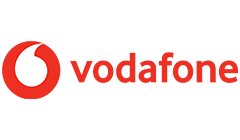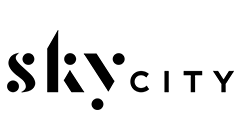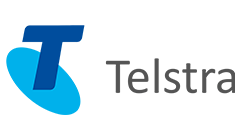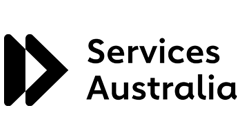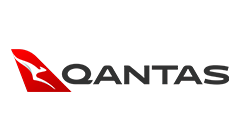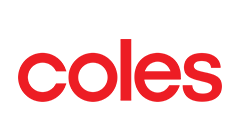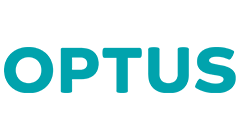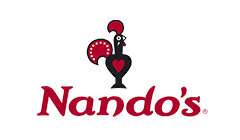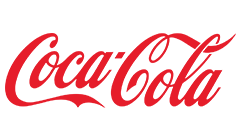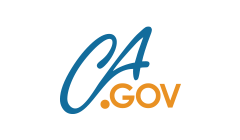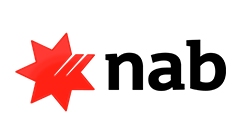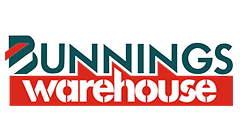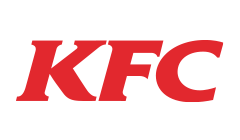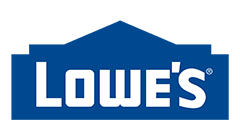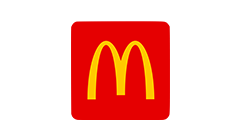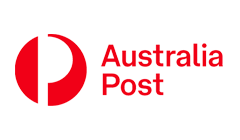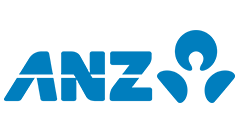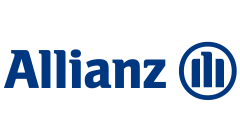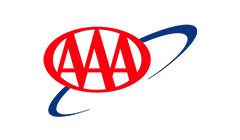It’s not just safety’s job.
Safety, compliance and risk touch every corner of your organization and so should your software.
Donesafe isn’t just built for ‘the safety team’. It’s designed for real people doing real work in the real world. Whether you’re a frontline team member logging a hazard, an HR manager managing psychosocial risks, or a board member reviewing performance trends, Donesafe makes safety part of the way you work.
Worldwide, people trust Donesafe

Align safety with organizational goals
Safety is all about how your organization functions, adapts, and performs.
Donesafe gives you the tools to treat safety as a strategic pillar:
- Data that informs decisions
Connect EHS insights with operational KPIs across roles to support evidence-based planning. - Systems that scale with complexity
Whether you’re managing growth, multiple regions, or complex governance structures, Donesafe adapts to support consistent practices across the board. - Clarity and accountability
Centralized workflows and reporting mean leaders can see where risks are emerging, what’s being done, and where action is still needed.
Reputational risk, ESG reporting, and public scrutiny are growing, so safety needs to move beyond the clipboard and into the boardroom, with ease.
How Donesafe supports different roles

Safety Manager
Stay on top of incidents, audits, risks, and controls without chasing paperwork or pulling reports together manually. Configure workflows, set up triggers, and make reporting easy for your team.

Frontline Workers
No time? No problem. Donesafe makes it easy to log hazards, complete checklists, or respond to alerts right from your phone, even mid-shift. No confusing tech. No chasing managers. Just a few taps to report an issue or complete a task, so you can get back to the job safely and quickly. Safety tools that work with your day, not against it.

Human Resources
Support mental health, reduce burnout, and manage return-to-work processes seamlessly. With psychosocial risk tools, wellbeing check-ins and claims management, HR teams get the visibility they need to keep people safe and supported.
Plus, you can connect your HR systems & payroll platforms with Donesafe for a completely integrated solution.

Injury & Claims Managers
Simplify claims handling with smart forms, automated workflows and digital case files. From injury lodgement to return-to-work plans; reduce delays, paperwork and stress.

IT & Digital Teams
No more admin-heavy, hard-to-maintain systems. Donesafe is cloud-based, secure, API-friendly, and configurable without coding. We slot into your ecosystem without adding overhead.
Take the headache out of managing and supporting resource intensive EHSQ & ESG solutions while accelerating digital transformation.

Executives & Board Members
See what’s really going on and act before it escalates. Track performance, spot trends, and prove due diligence with real-time dashboards and clear reports aligned to strategic KPIs and reputational risk.

Contractors and Everyone Else
From contractors completing inductions and updating their documentation, through to visitors checking into your site, Donesafe is designed to be intuitive and accessible to anyone, on any device. Just safer work made simple.
Across any industry, for any challenge.
Safety impacts every part of the business, your systems should too.
Whether it’s a university campus, a manufacturing floor, or a multi-site franchise, the reality is the same: risk, safety, and compliance touch every part of the organisation. But too often, the tools used to manage them are fragmented split across departments, systems, and spreadsheets.
Donesafe brings these functions together for efficiency and to reflect how safety actually works in the real world: connected, cross-functional, and constantly evolving. When the right people have the right visibility from the floor to the boardroom, issues are resolved faster, gaps are closed earlier, and decisions are made with context.
Because in modern organizations, integrated safety systems aren’t only operationally smart, they’re a strategic advantage.
Food & Beverage
Energy & Utilities
Government
Agriculture
Transportation &
Logistics
Manufacturing
Construction
Retail
Mining & Metals
Telecommunications
Financial services
Healthcare &
Life sciences
Automotive
Councils &
Municipalities
Hospitality
Oil & Gas
Nonprofit
Education
Aviation & Aerospace
Professional services
See how easy it is to use Donesafe’s
safety management software.
Featured Case Studies
Frequently asked questions
What major compliance standards are covered by EHS management systems?
Major compliance standards, including ISO standards, covered by EHS management systems across different regions include:
- In Australia and New Zealand, AS/NZS ISO 45001 for Occupational Health and Safety and AS/NZS ISO 14001 for Environmental Management.
- In the US and Canada, the Occupational Safety and Health Administration (OSHA) regulations for safety, and the Canadian Environmental Protection Act (CEPA) for environmental protection, as well as ISO 45001 for Occupational Health and Safety and ISO 14001 for Environmental Management.
- in Europe, the European Framework Directive (1989/391/EEC) for occupational safety and health, as well as ISO 45001 and ISO 14001 for Occupational Health and Safety and Environmental Management, respectively.
- In Singapore, the Workplace Safety and Health Act for safety, and the Environmental Protection and Management Act for environmental protection, and ISO 45001 and ISO 14001 for Occupational Health and Safety and Environmental Management, respectively.
- In the UK, the Health and Safety at Work Act and COSHH Regulations for safety, and ISO 45001 and ISO 14001 for Occupational Health and Safety and Environmental Management, respectively.
What is an enterprise EHS management system?
An enterprise EHS management system is a comprehensive approach to managing the health, safety, and environmental risks and impacts of an organization’s activities, products, and services. It provides a framework for integrating EHS considerations into business operations, and typically includes policies, procedures, and tools for identifying, assessing, and managing EHS risks and opportunities.
Read more about why large enterprises choose Donesafe for their safety management software here.
What to look for in EHS management system software?
Key factors to consider when selecting EHS management system software include:
- Scalability and integration: The software should be able to adapt to the size and complexity of the organization, as well as integrate with other systems and software used by the organization.
- Data management and analytics: The software should provide robust capabilities for collecting, managing, analyzing, and reporting on EHS data, including metrics, trends, and compliance status.
- Usability and accessibility: The software should be easy to use and accessible to all relevant stakeholders within the organization, including employees, managers, and EHS professionals. This may include features such as mobile access, user-friendly interfaces, and customizable dashboards.
What are the key advantages of cloud-based EHS management systems?
Cloud-based EHS management systems offer advantages such as accessibility, scalability, and robust data security.
- Accessibility: Cloud-based EHS management systems offer easy and secure remote access, enabling authorized users to access the system from any location with an internet connection.
- Scalability: Cloud-based EHS management systems can easily scale to accommodate changing organizational needs, including changes in the number of users, sites, or EHS programs being managed.
- Data security: Cloud-based EHS management systems typically offer robust security features, such as encryption and secure backups, to ensure the confidentiality, integrity, and availability of EHS data.
What risk management frameworks are covered in EHS management systems?
EHS management systems typically incorporate a range of recognised risk management frameworks to help organisations identify, assess, and control risks. These may include:
-
ISO 31000 for overarching risk management principles
-
ISO 45001 for occupational health and safety risk control
-
ISO 14001 for managing environmental risks and compliance
-
Hazard Identification and Risk Assessment (HIRA) for operational task-based risk reviews
-
The Hierarchy of Controls to prioritise effective risk mitigation strategies
-
ICAM or similar root cause analysis methods to support incident investigations and learning
-
ALARP (As Low As Reasonably Practicable) to ensure risk controls are proportionate and legally defensible
-
COSO or enterprise-level frameworks in organisations integrating EHS with broader governance and compliance functions
These frameworks provide a structured, defensible approach to risk while enabling continuous improvement and stronger safety outcomes.
What are some of the core functions HSI Donesafe helps to manage?
Donesafe’s core functionality includes:
- Risk assessment management
- Incident reporting and investigation
- Audit management
- Document control
- Training management
- Regulatory compliance tracking
- Environmental management
- Health and safety management
- Performance measurement and reporting
- Emergency response management
- Continuous improvement
- Policies and procedures
What are some of the different types of systems and software?
There are many related EHS systems and software acronyms that largely refer to the same technology or capabilities of EHS management systems.
Below is a summary of the various types of EHS systems and their focus area:
SMS
A Safety Management System (SMS) is a structured and proactive approach to managing safety, including identifying hazards and implementing controls to mitigate risks in order to ensure the safety of personnel, equipment, and the environment.
Health & Safety (H&S)
A health and safety (H&S) system is a set of policies, procedures, processes, and tools used to manage and continuously improve an organization’s ability to identify, assess, control, and monitor health and safety risks and hazards in the workplace.
EHS
An Environmental, Health, and Safety (EHS) system is a framework that organizations use to manage and continuously improve their environmental, health, and safety performance, in order to protect their employees, the public, and the environment.
SHE
A Safety, Health, and Environment (SHE) system is an integrated management system that enables organizations to manage their safety, health, and environmental risks and impacts in a coordinated and systematic manner while promoting a culture of continuous improvement and sustainability.
HSE
A Health, Safety, and Environment (HSE) system is a framework that organizations use to identify, assess, and manage their health, safety, and environmental risks, with the aim of preventing accidents, protecting human health and the environment, and enhancing overall performance.
EHSQ
An Environment, Health, Safety and Quality (EHSQ) system is a comprehensive and integrated approach to managing an organization’s environmental, health, safety, and quality risks and opportunities, with the aim of ensuring sustainability and enhancing overall performance.
QHSE
A Quality, Health, Safety, and Environment (QHSE) system is a comprehensive and integrated management system that encompasses quality, health, safety, and environmental management, and helps organizations to meet their obligations and achieve their objectives related to these four areas, while continuously improving their performance.
SHEQ
A SHEQ (safety, health, environment, and quality) management system is a set of policies, procedures, processes, and tools used to manage and continuously improve an organization’s safety, health, environmental, and quality performance and ensure compliance with relevant regulations and standards.
HSEQ
A HSEQ (health, safety, environment, and quality) management system is a set of policies, procedures, processes, and tools used to manage and continuously improve an organization’s performance in health, safety, environment, and quality, integrating these disciplines to achieve a more holistic and effective management approach.
WHS
A Workplace Health and Safety (WHS) system is a set of policies, procedures, and practices that an organization implements to ensure the health, safety, and welfare of its employees, visitors, and other stakeholders while complying with relevant laws and regulations.
OHS
An Occupational Health and Safety (OHS) system is a management system that helps organizations proactively manage their occupational health and safety risks and obligations, with the aim of creating a safe and healthy workplace for employees and reducing the likelihood of work-related injuries, illnesses, and fatalities.
ESG
An Environmental, Social, and Governance (ESG) system is a framework that organizations use to manage and report on their sustainability-related risks, opportunities, and impacts, and to demonstrate their commitment to responsible business practices that balance environmental, social, and economic considerations.
Jumpstart your journey with Donesafe
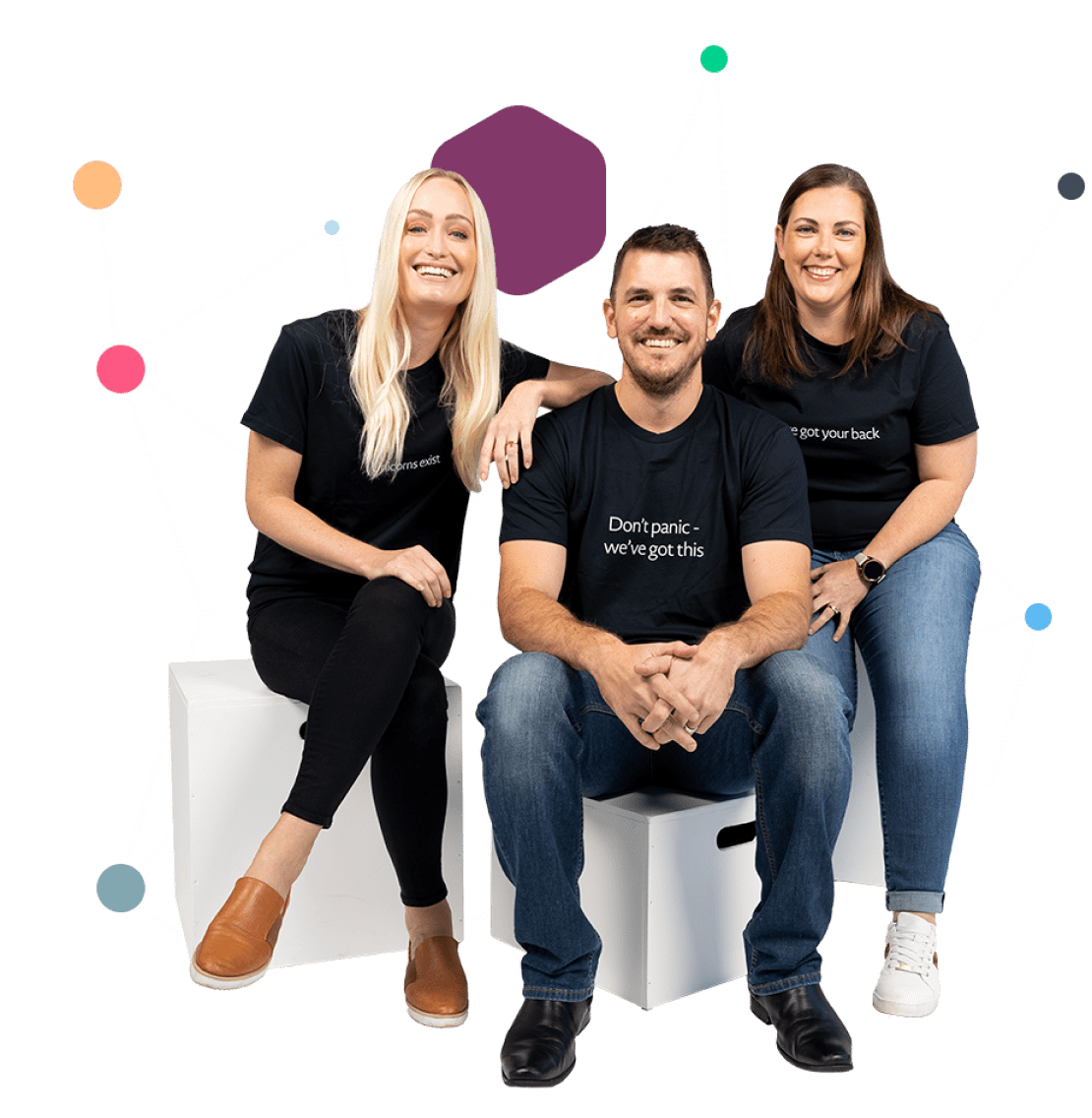
See our platform in action
Get a guided demo and answers to all your customization questions.
Get a DemoRequest our pricing
Get a custom quote designed around your capability requirements and users.
Get Pricing
